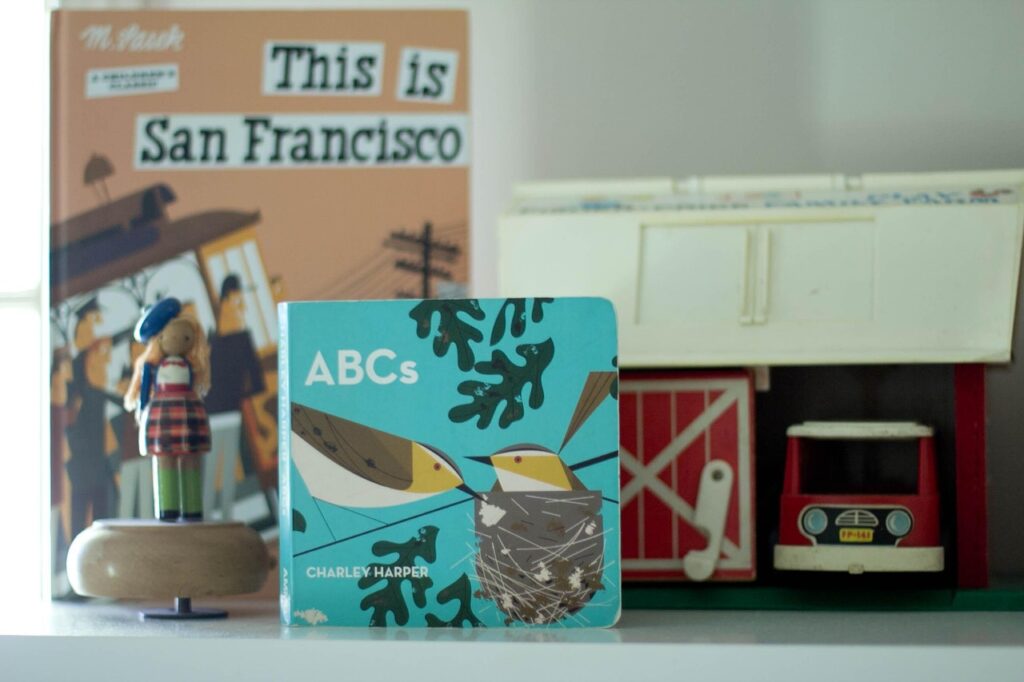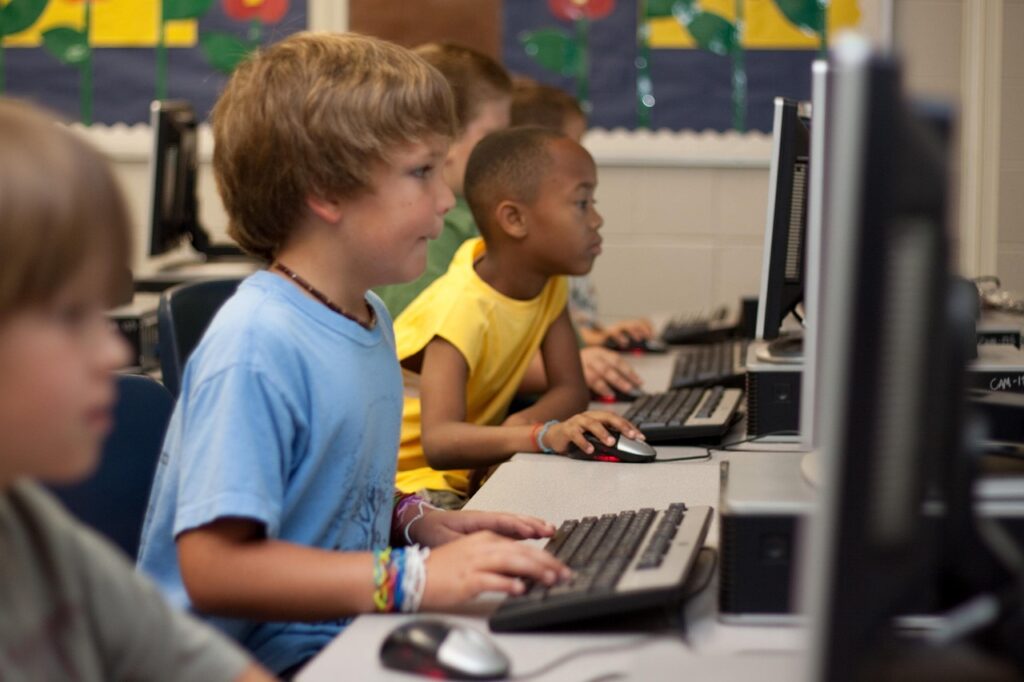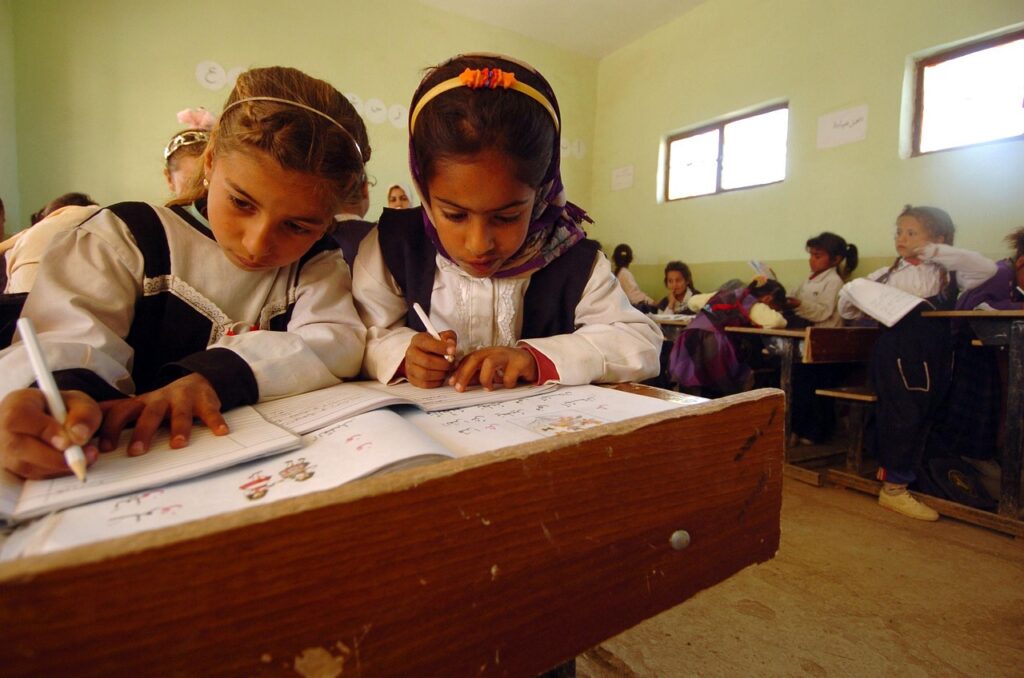Learning to read is a crucial milestone in a child’s educational journey, and sight words play a significant role in this process.
For kindergarten students, mastering sight words is essential as it lays the foundation for fluent reading.

These high-frequency words are common in everyday reading materials and help early readers recognize and understand texts more effectively.
By introducing kindergarten sight words early on, parents and educators can give children a head start in their reading journey.
Key Takeaways
- Mastering sight words is crucial for kindergarten students.
- Sight words improve reading fluency and comprehension.
- Early introduction to sight words benefits young readers.
- A sight words list helps parents and educators focus on key terms.
- Recognizing sight words enhances overall reading skills.
What Are Sight Words and Why Are They Important?
The concept of sight words is fundamental to learning how to read effectively. Sight words are a set of high-frequency words that are recognized by sight, rather than sounded out. They are crucial for early readers as they make up a significant portion of everyday reading materials.
Definition and Purpose of Sight Words
Sight words are defined as words that are recognized instantly, without the need for phonetic decoding. The purpose of sight words is to enable young readers to read more fluently and with greater accuracy. By memorizing these common words, children can focus on comprehension rather than struggling to decode each word. Key characteristics of sight words include their high frequency in texts and their often irregular spelling patterns, making them challenging to sound out.
Some examples of sight words include common function words like “the,” “and,” and “is.” These words are essential for constructing meaningful sentences and are frequently encountered in written language.
Benefits of Learning Sight Words in Kindergarten
Learning sight words in kindergarten has several benefits for early readers. Firstly, it improves reading fluency by allowing children to recognize common words automatically, freeing up cognitive resources for comprehension. Secondly, it boosts reading confidence, as children can read more texts independently. Some of the key benefits include:
- Enhanced reading fluency
- Increased reading confidence
- Better comprehension of texts
By mastering sight words, kindergarten students lay a solid foundation for future reading skills, setting them up for success in their educational journey.
The Complete Sight Words for Kindergarten List
Mastering sight words in kindergarten is a critical step towards achieving reading fluency. Sight words are common words that are recognized by sight, rather than sounded out. They are a crucial part of learning to read and are used frequently in everyday reading.
Dolch Pre-Primer Sight Words
The Dolch Pre-Primer Sight Words list is a collection of words that are commonly recognized as the first words children should learn to read. These words are essential for early readers and lay the foundation for further reading skills.
Most Common Dolch Words for Beginners
The most common Dolch words for beginners include simple words like “the,” “and,” “is,” and “to.” These words are the building blocks of sentences and are used extensively in early reading materials.
Progression of Dolch Words Throughout the Year
Throughout the kindergarten year, children progress from learning basic sight words to more complex ones. The Dolch list is categorized into levels, starting from Pre-Primer to more advanced levels, ensuring a gradual progression in learning.
Fry’s First100 Sight Words
Fry’s First100 Sight Words are another widely recognized list of common words that are essential for early readers. These words are among the most frequently occurring in reading materials and are crucial for reading fluency.
“The more sight words a child knows, the more fluently they can read. Fry’s First100 Sight Words are a valuable resource for kindergarten teachers.”
Expert Reading Teacher
Fry’s list is organized by frequency, with the most common words first. Learning these words helps children to read more smoothly and with greater understanding.
Common Core Kindergarten Sight Words
The Common Core State Standards Initiative also outlines a list of sight words that kindergarten students are expected to know. These words are part of a broader curriculum aimed at ensuring that children are well-prepared for reading in the early grades.
| List | Number of Words | Focus |
| Dolch Pre-Primer | 40 | Basic Sight Words |
| Fry’s First100 | 100 | Most Common Words |
| Common Core | Varies by State | Curriculum-Based Sight Words |
Understanding and mastering these sight word lists can significantly enhance a child’s reading abilities. Teachers and parents can use these resources to create engaging and effective learning experiences.
How Sight Words Support Early Reading Development
The significance of sight words in fostering reading skills among kindergarteners cannot be overstated. Sight words are a fundamental component of early reading instruction, providing a foundation upon which more complex reading skills are built.
Building Reading Fluency and Confidence
One of the primary ways sight words support early reading development is by enhancing reading fluency. When children can recognize sight words automatically, they can read with greater ease and accuracy. This fluency is crucial for building confidence in young readers, as it allows them to focus on the meaning of the text rather than struggling to decode individual words.
As children become more fluent in their reading, they are more likely to enjoy the process, thereby fostering a positive attitude towards reading. This confidence can have a long-term impact on their academic success.
Connection Between Sight Words and Reading Comprehension
Sight words also play a critical role in reading comprehension. By recognizing common sight words, children can devote more cognitive resources to understanding the text. This is because they are not expending all their effort on decoding; instead, they can focus on the meaning and context of what they are reading.
The connection between sight words and reading comprehension highlights the importance of sight words in the overall reading process. As children progress in their reading journey, the ability to comprehend complex texts becomes increasingly important, and a strong foundation in sight words is essential for this progression.
Effective Strategies for Teaching Sight Words
Kindergarten educators can significantly enhance their students’ reading abilities by employing effective sight word teaching strategies. These strategies not only make learning more engaging but also cater to different learning styles, ensuring that all students have the opportunity to succeed.
Multi-Sensory Learning Approaches
Multi-sensory learning approaches are highly effective in teaching sight words as they engage multiple senses simultaneously, reinforcing learning and retention. This can be achieved through various techniques.
Visual Learning Techniques
Visual learning techniques involve using images and visual aids to associate with sight words. For example, flashcards with pictures can help students connect the word with its meaning.
Auditory and Kinesthetic Methods
Auditory methods include reading aloud and singing songs that incorporate sight words, while kinesthetic methods involve actions and movements, such as tracing words in sand or using manipulatives like letter tiles.
Tactile Learning Activities
Tactile learning activities, such as writing sight words in shaving cream or using playdough to form letters, provide hands-on experiences that can be particularly effective for young learners.
| Learning Technique | Description | Example Activity |
| Visual | Using images to associate with sight words | Flashcards with pictures |
| Auditory | Reading aloud and singing songs | Sight word songs |
| Kinesthetic | Actions and movements to learn sight words | Tracing words in sand |
| Tactile | Hands-on experiences with sight words | Writing in shaving cream |
Games and Activities for Classroom Learning
Games and activities are crucial for making sight word learning fun and interactive. Examples include sight word scavenger hunts, bingo games, and memory match games. These activities not only reinforce learning but also promote classroom engagement.
“The more engaging the learning experience, the more likely students are to retain the information.”
— Educational Researcher
Incorporating Technology in Sight Word Instruction
Incorporating technology into sight word instruction can provide a modern and engaging twist to traditional teaching methods. Educational apps and online games can offer interactive and personalized learning experiences. For instance,

can be used to create digital flashcards and play online sight word games.
By combining traditional teaching methods with modern technology, educators can create a comprehensive and engaging sight word curriculum that caters to the diverse needs of their students.
Sight Words for Kindergarten List: Organized by Difficulty
Organizing sight words by difficulty level provides kindergarten educators with a valuable tool to assess and support their students’ reading development. This structured approach enables teachers to tailor their instruction to meet the diverse needs of their students, ensuring a more effective learning process.
Beginner Level Sight Words
Beginner level sight words are typically introduced first because they are fundamental to basic reading skills. These words, such as “the,” “and,” “is,” and “to,” are common and appear frequently in early reading materials. Mastering these words helps students build confidence in their reading abilities.
| Word | Example Sentence |
| the | The cat is sleeping. |
| and | I like reading books and writing stories. |
| is | She is a good reader. |
Intermediate Level Sight Words
As students progress, they are introduced to intermediate level sight words, which are slightly more complex. Examples include “about,” “around,” “because,” and “could.” These words help students develop a more nuanced understanding of sentence structures and meanings.
According to educational research, recognizing sight words at an intermediate level significantly enhances reading fluency. A quote from a renowned educator highlights the importance of this stage: “The more students are exposed to sight words, the more fluently they can read, as it reduces the cognitive load associated with decoding words.”
“The more students are exposed to sight words, the more fluently they can read, as it reduces the cognitive load associated with decoding words.”
Advanced Kindergarten Sight Words
Advanced kindergarten sight words include more complex vocabulary such as “although,” “throughout,” and “meanwhile.” Mastering these words prepares students for more challenging reading materials in the future.
By organizing sight words by difficulty, educators can create a progressive learning pathway that supports students as they advance in their reading journey. This approach not only enhances reading skills but also boosts students’ confidence in their ability to read and comprehend complex texts.
Fun and Engaging Sight Word Activities for Home Practice
Transforming sight word practice into a fun, home-based activity can significantly boost a child’s reading skills. Engaging in interactive and enjoyable activities helps reinforce learning and builds a strong foundation for early readers.
Hands-On Activities and Games
Hands-on activities and games are excellent ways to make sight word practice engaging. These interactive methods not only capture a child’s attention but also help in retaining the information more effectively.
Sight Word Scavenger Hunts
Organizing a sight word scavenger hunt around the house or backyard can be an exciting way to practice sight words. Children are encouraged to find and read sight words displayed on cards or objects, making the learning process an adventure.
DIY Sight Word Cards and Flashcards
Creating DIY sight word cards or flashcards is another engaging activity. Parents can involve their children in the process of making these cards, which can then be used for practice. This hands-on involvement enhances the learning experience.
Movement-Based Sight Word Games
Incorporating movement into sight word practice can be highly effective. Movement-based games, such as jumping to a sight word or acting out a word, make learning fun and physically engaging.

Printable Resources and Worksheets
Utilizing printable resources and worksheets is a convenient and effective method for home practice. These materials can be easily accessed and customized to fit a child’s learning pace and style.
Many educational websites offer free printable sight word worksheets that can be used to supplement home practice. These resources often include a variety of activities, such as tracing, coloring, and matching games, which cater to different learning preferences.
Incorporating Sight Words into Daily Routines
Incorporating sight words into daily routines can make practice feel less like a chore and more like a natural part of the day. Simple actions, such as labeling objects around the house with sight words or reading sight words during meal times, can reinforce learning.
By integrating sight words into everyday activities, parents can create a consistent and supportive learning environment that fosters a child’s reading development.
Common Challenges in Learning Sight Words
Sight words are a fundamental component of early literacy, yet many young learners struggle to master them. The process of learning sight words can be fraught with challenges, ranging from difficulties in memorization to issues with applying these words in context.
One of the primary concerns for educators is identifying students who struggle with sight words. Early identification is crucial for providing timely support.
Identifying Struggling Learners
Teachers can identify struggling learners by observing their reading behaviors and assessing their sight word recognition. Regular assessments and quizzes can help pinpoint areas where students need additional help.
Differentiation Strategies for Various Learning Styles
Differentiation is key to supporting students with diverse learning needs. Strategies include multi-sensory learning approaches, such as using flashcards, engaging in word-building activities, and incorporating technology.
| Learning Style | Differentiation Strategy |
| Visual Learners | Using flashcards and visual aids |
| Auditory Learners | Incorporating audio recordings and oral practice |
| Kinesthetic Learners | Engaging in word-building activities and hands-on exercises |
When to Seek Additional Support
If a student continues to struggle despite differentiated instruction, it may be necessary to seek additional educational support. This could involve consulting with specialists or providing extra tutoring.
By understanding the challenges associated with learning sight words and implementing effective strategies, educators can better support their students on the path to reading proficiency.
Assessing Sight Word Knowledge in Kindergarteners
Understanding kindergarteners’ sight word knowledge is essential for effective reading instruction. Assessing sight words helps teachers identify areas where students need additional support, ensuring that they are well-prepared for more advanced reading tasks.
Formal and Informal Assessment Methods
Teachers can use both formal and informal methods to assess sight word knowledge. Formal assessments might include standardized tests or quizzes designed to evaluate a student’s ability to recognize sight words. Informal assessments, on the other hand, can be as simple as observing students during reading activities or using flashcards to gauge their knowledge.
Some effective informal assessment techniques include:
- Using sight word flashcards to check recognition
- Observing students during reading to see if they can identify sight words in context
- Administering short, timed sight word quizzes to assess fluency
Tracking Progress Throughout the School Year
Tracking progress is crucial to understanding how well students are mastering sight words. By regularly assessing sight word knowledge, teachers can adjust their instruction to meet the needs of their students.
Creating a Sight Word Progress Chart
A sight word progress chart is a visual tool that helps track student progress over time. Teachers can create a chart with a list of sight words and mark off each word as the student masters it, providing a clear visual representation of progress.
Celebrating Sight Word Milestones
Celebrating milestones is an important part of the learning process. When students reach certain sight word goals, teachers can celebrate their achievements, reinforcing their motivation to continue learning.
Conclusion: Setting the Foundation for Reading Success
The importance of sight words in kindergarten cannot be overstated. By mastering these essential words, early readers build a strong foundation for reading success. A robust kindergarten reading foundation is crucial for future academic achievement, as it enables children to read with fluency and confidence.
As discussed in the previous sections, sight words play a vital role in reading development. By incorporating effective teaching strategies, such as multi-sensory learning approaches and engaging activities, educators can help kindergarteners develop a deep understanding of sight words. Parents can also support their child’s reading journey by practicing sight words at home.
By combining the insights gained from assessing sight word knowledge and tracking progress, educators can tailor their instruction to meet the diverse needs of their students. This targeted approach helps ensure that every child develops a strong kindergarten reading foundation, setting them up for reading success in the years to come.
Ultimately, a well-rounded approach to teaching sight words is essential for laying the groundwork for a lifelong love of reading. By working together, educators and parents can help kindergarteners develop the skills they need to achieve reading success.


